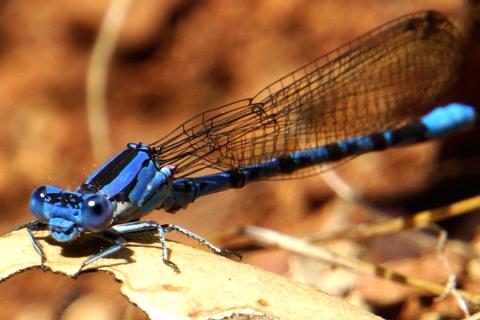Climate change is causing the loss of some insect species. Some can move to new habitats but others cannot. The loss of insects will disrupt the ecological balance. For example, native bees are essential for pollination and climate change will reduce their abundance and diversity.
Some Insect pest populations will increase with global warming and there will be more crop damage from insects and more disease as mosquitos move to new areas and increase in numbers. Warmer winters mean Lyme-carrying ticks may spread to new regions and remain active in the winter.
Insect life cycles may become out of sync with their food source. Warming temperatures will change when insects emerge, making food unavailable for insects when they need it. Plant flowering is triggered by day length not warm temperatures. “Spring is being pushed earlier and earlier in the year, unsettling the established life cycle of insects. In the UK, moths and butterflies are emerging from their cocoons up to six days earlier a decade on average, while in parts of the US, springtime conditions that trigger insect activity occur as much as 20 days earlier than they did 70 years ago.“ This asynchrony of insects and their foods and the subsequent decline of insects “can cascade through the ecosystem as they provide fundamental services to their community.”
Arthropod breeding is often determined by the temperature. So warming temperatures can mean an increase in offspring and the number of times an arthropod breeds. In the Arctic, wolf spiders are having more babies as the climate warms.
An insect crisis is what some scientists are calling it as insects are predicted to lose half of their habitat with warming. Read more about climate change and insects here.






















